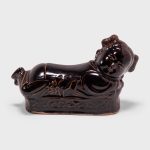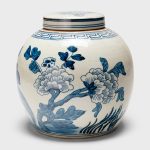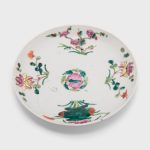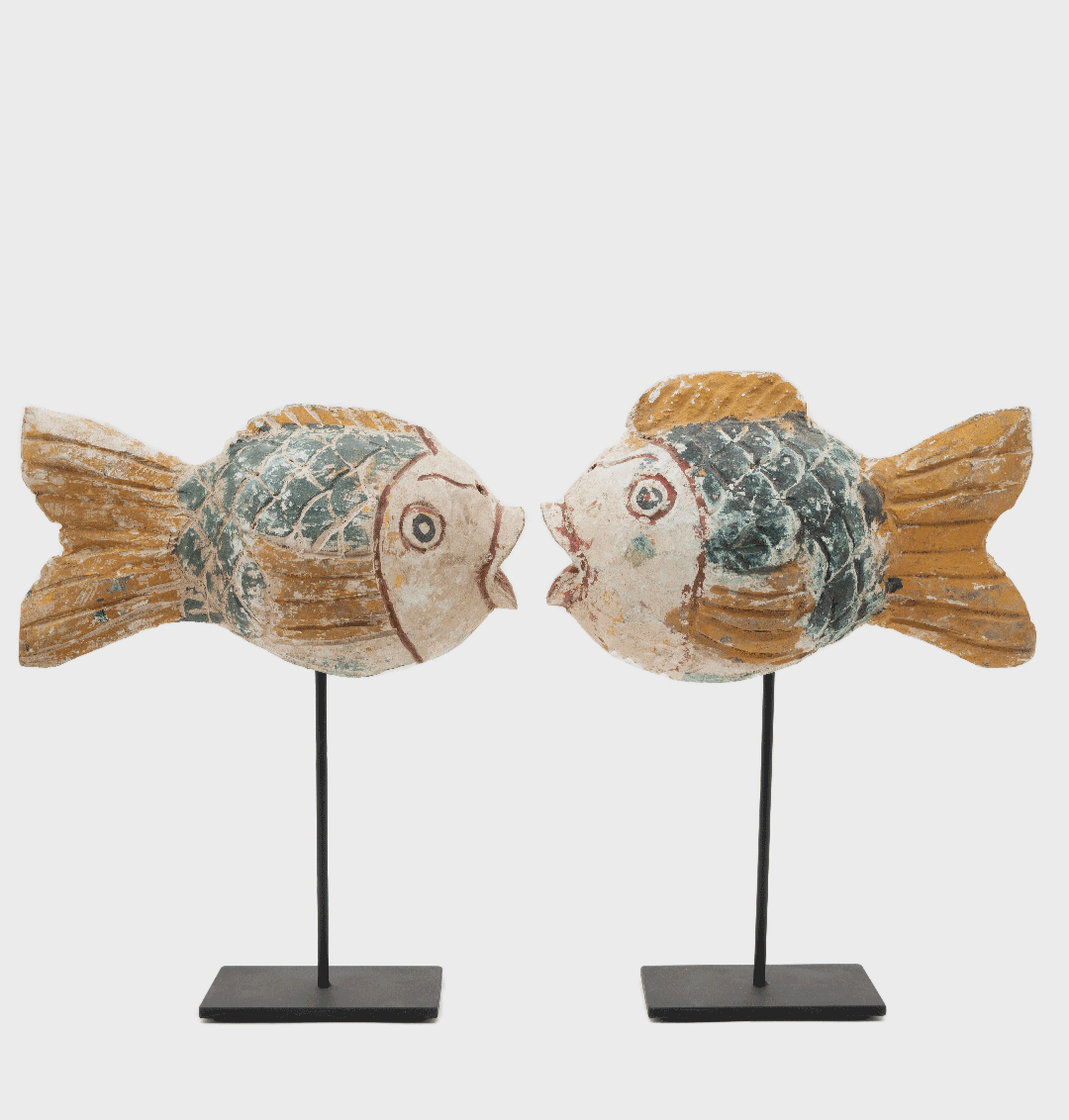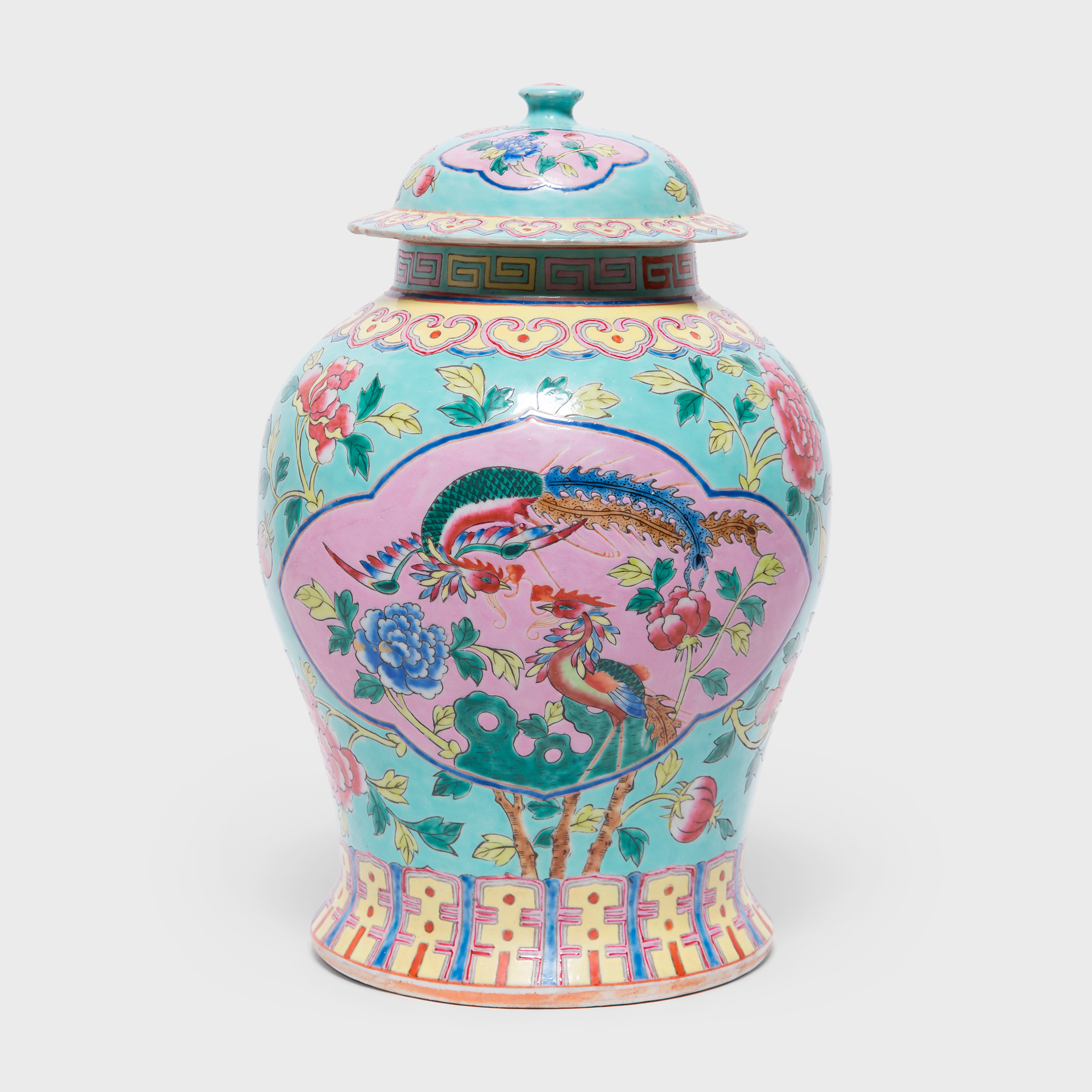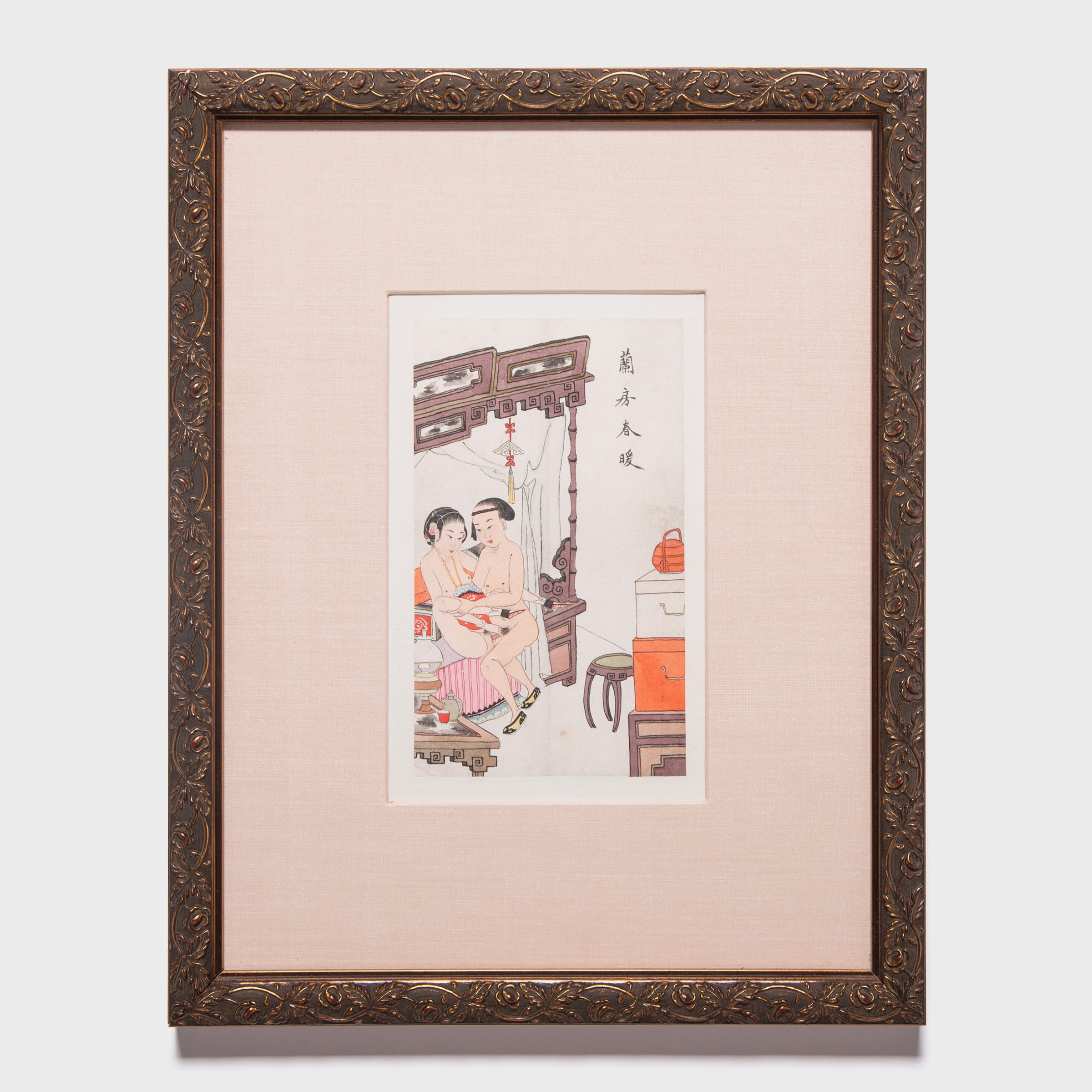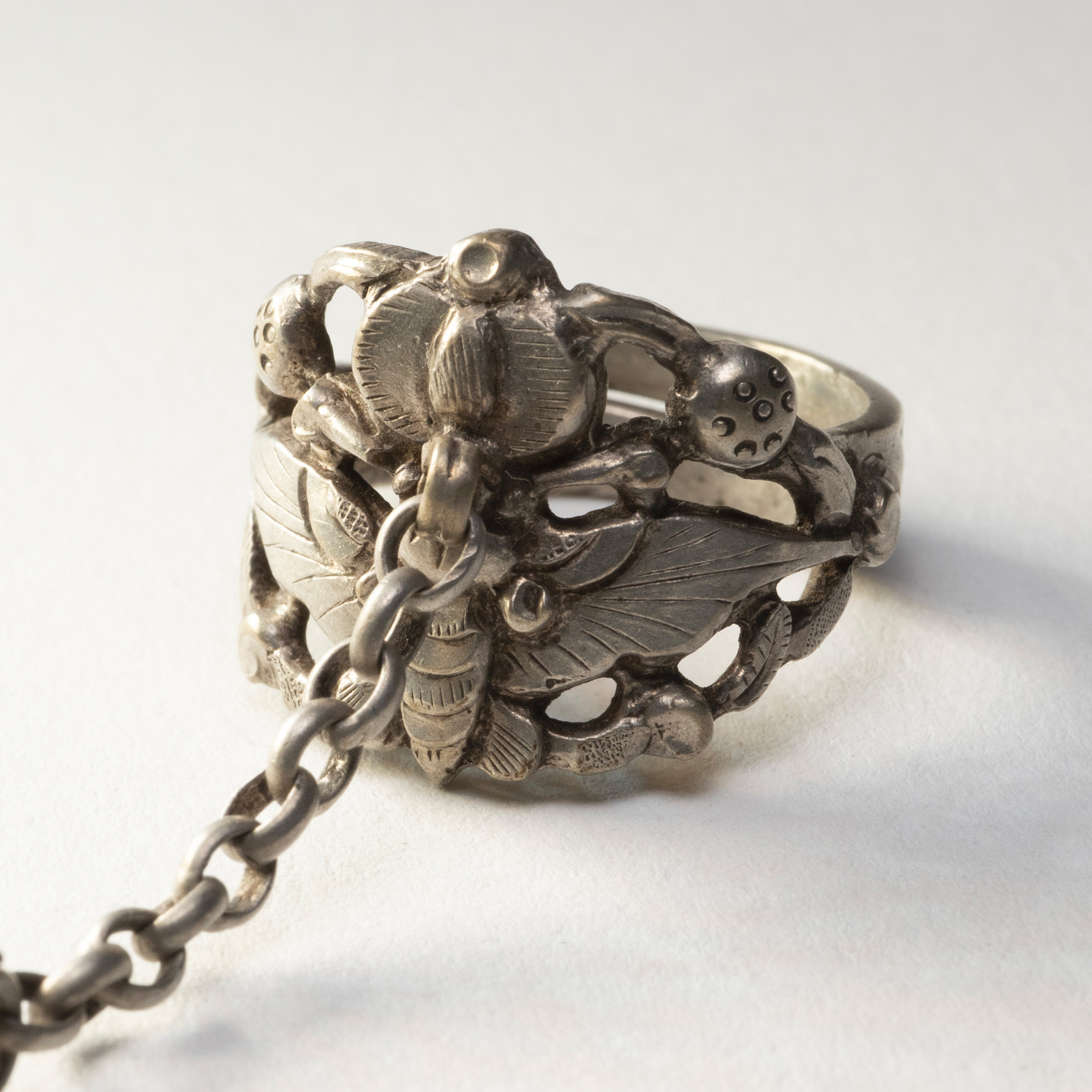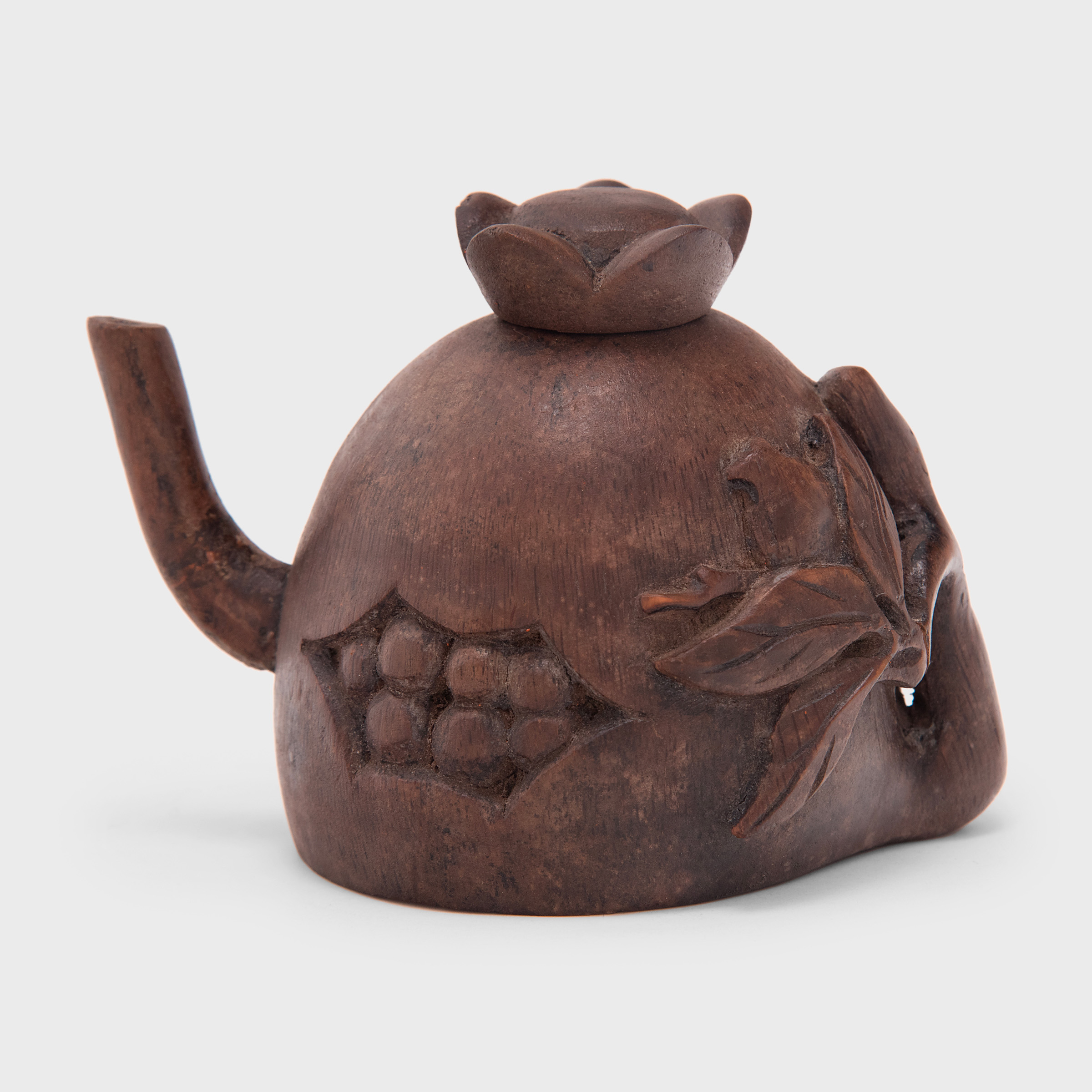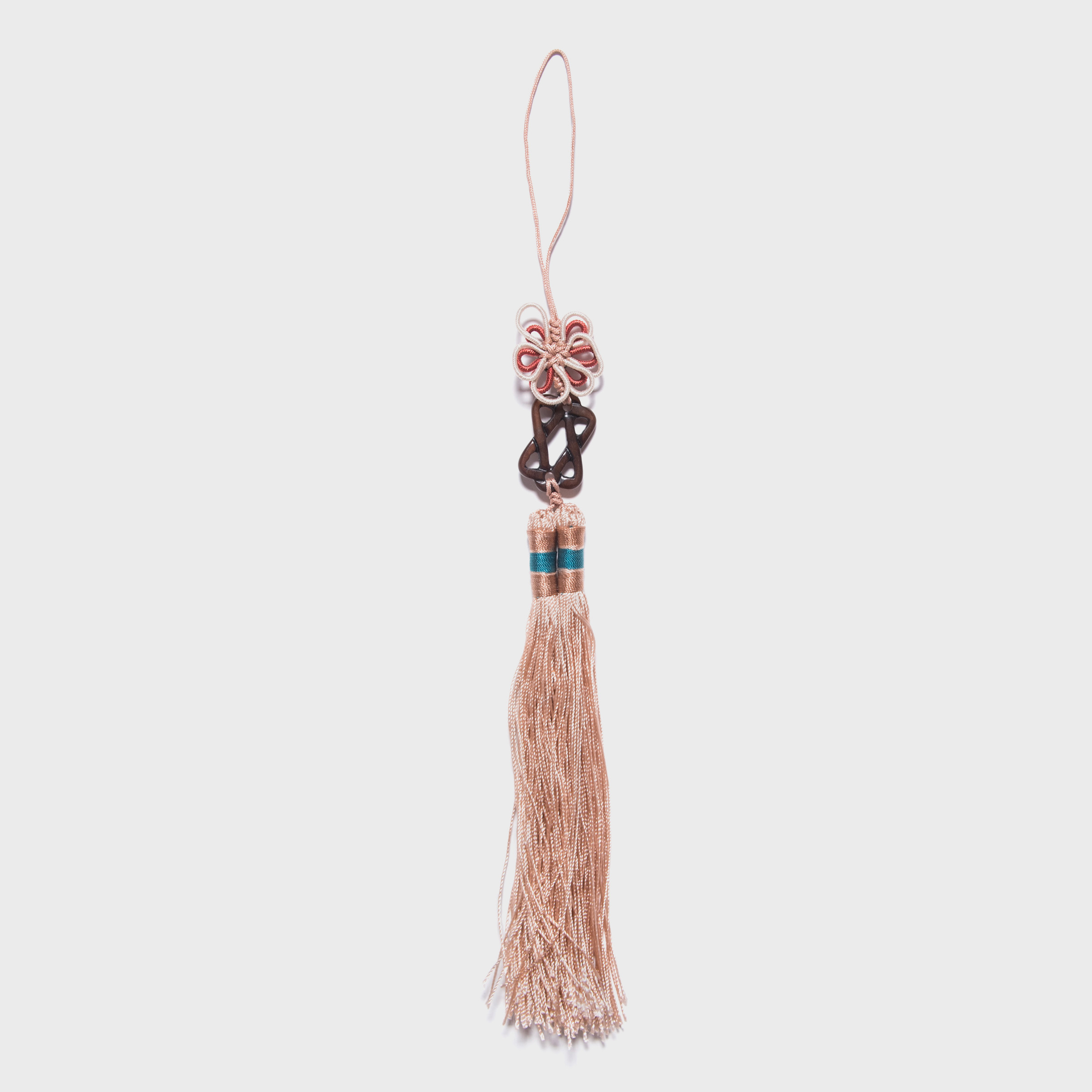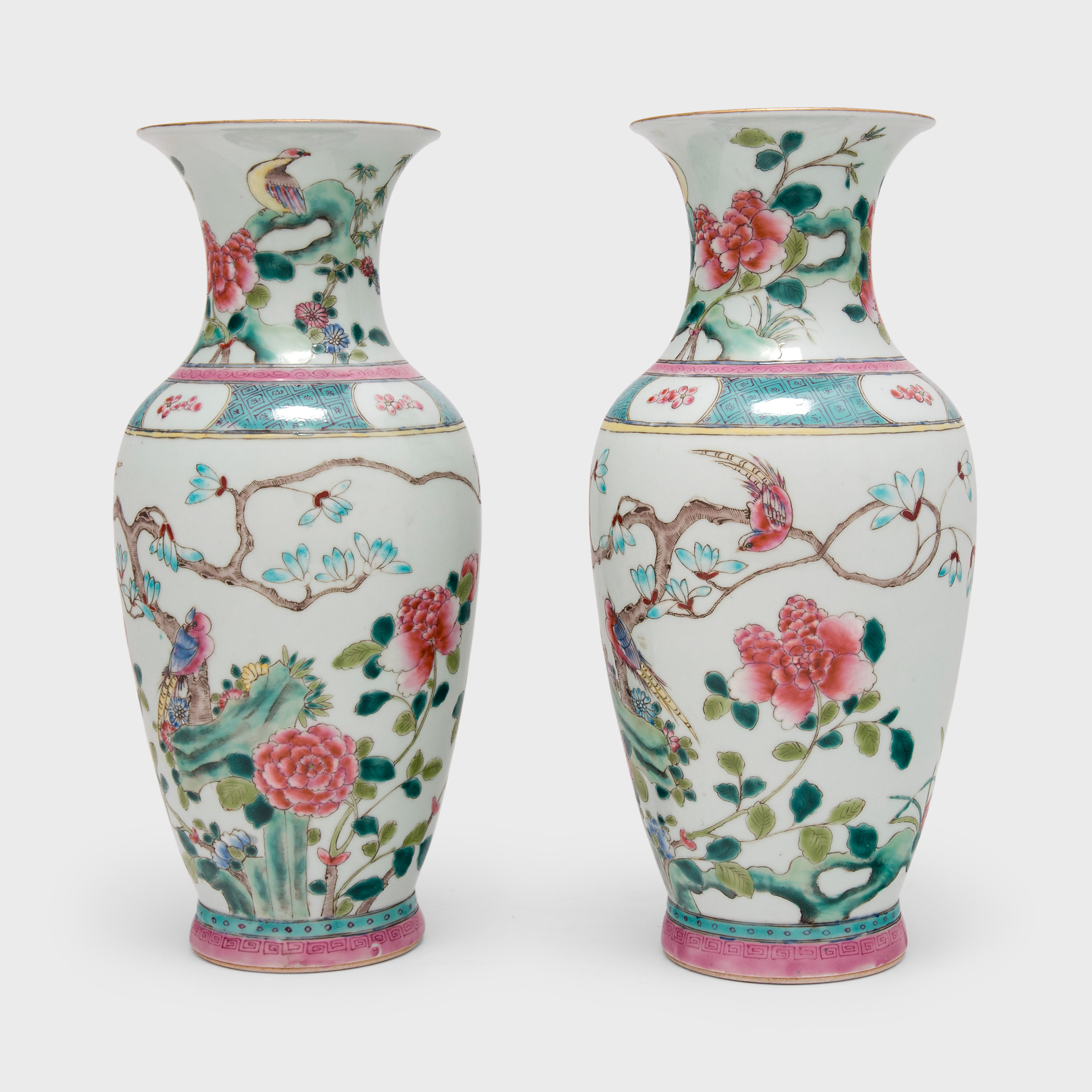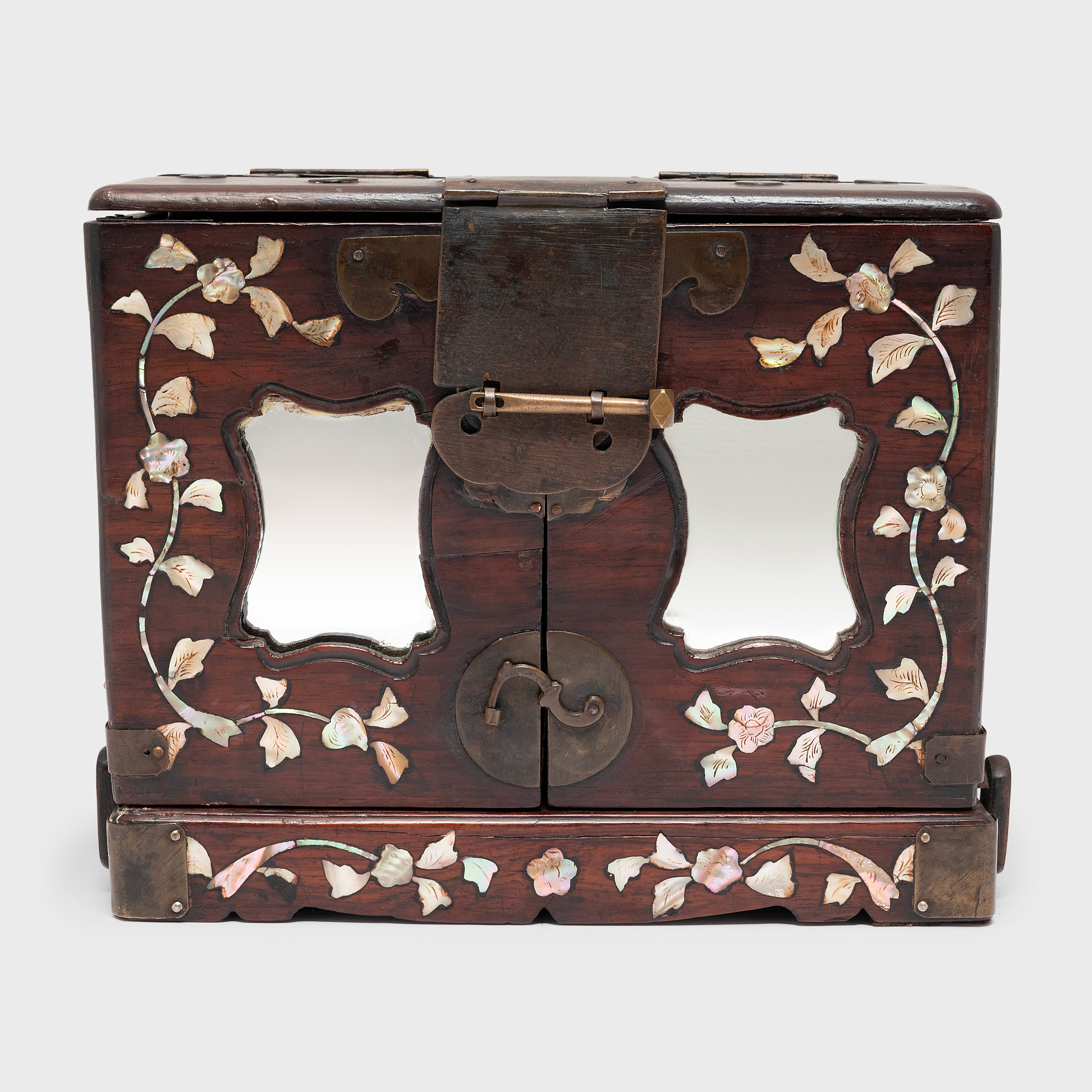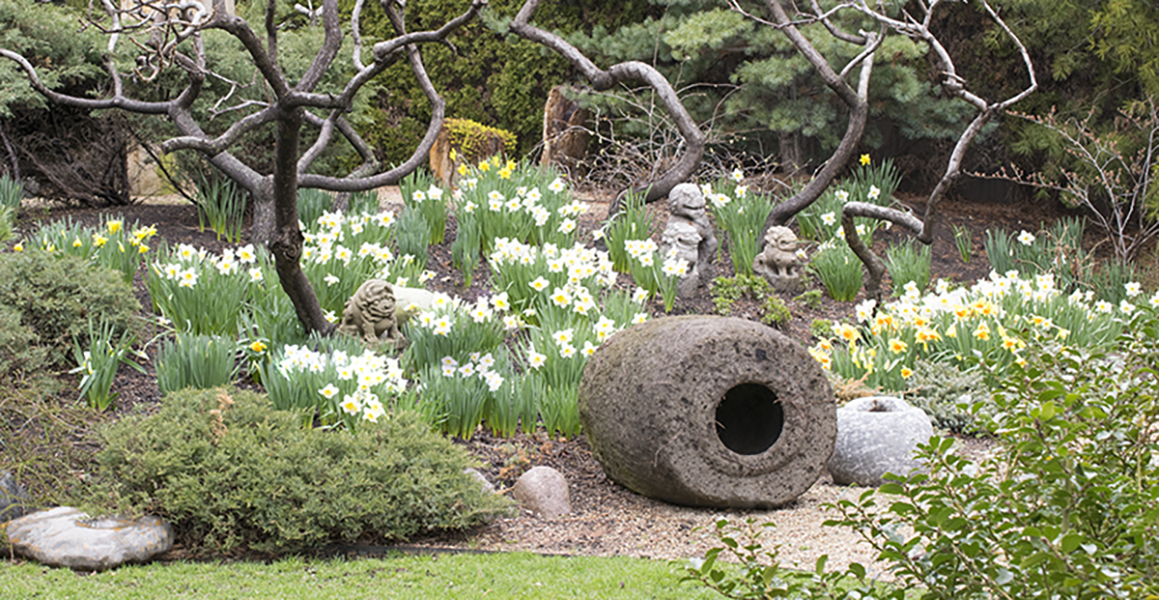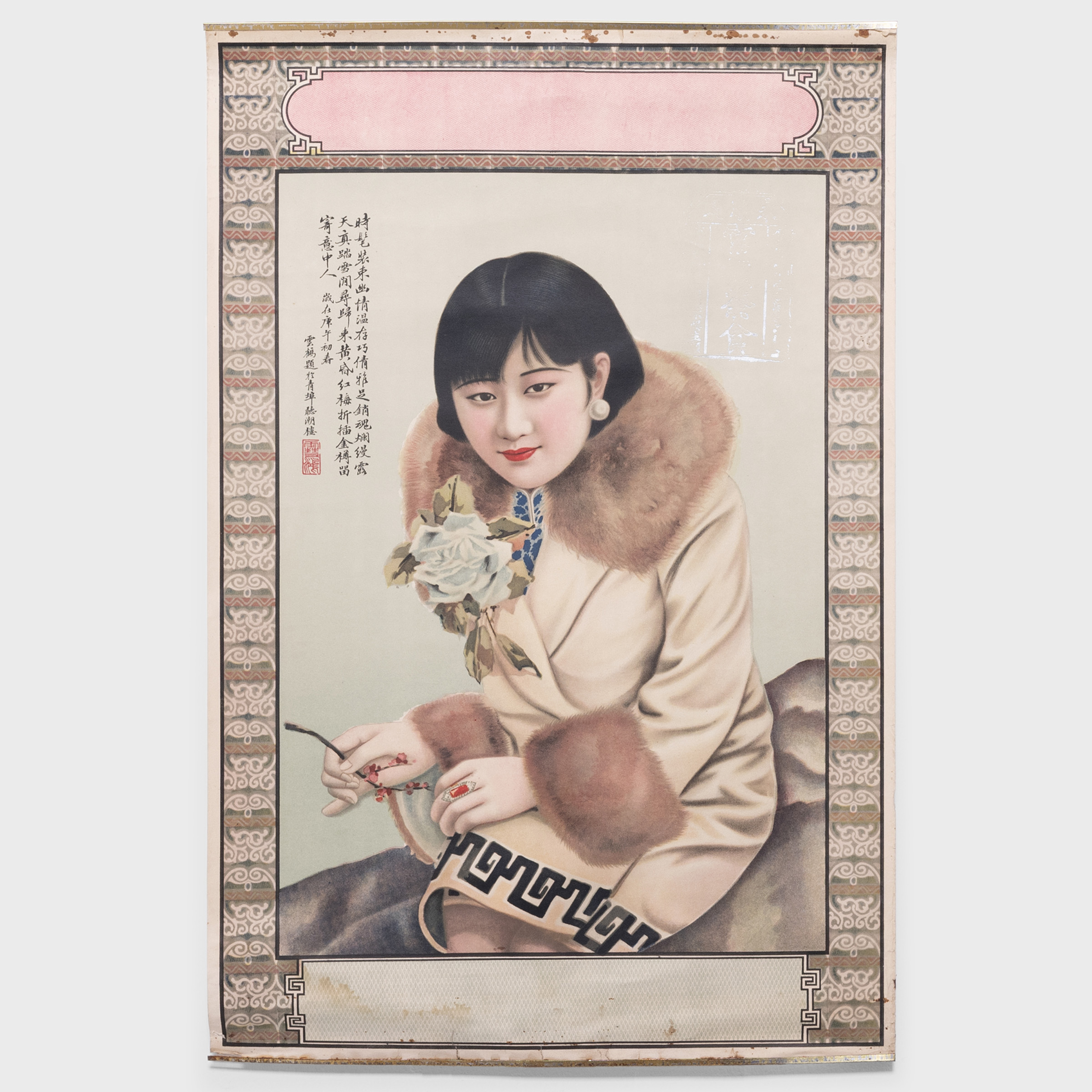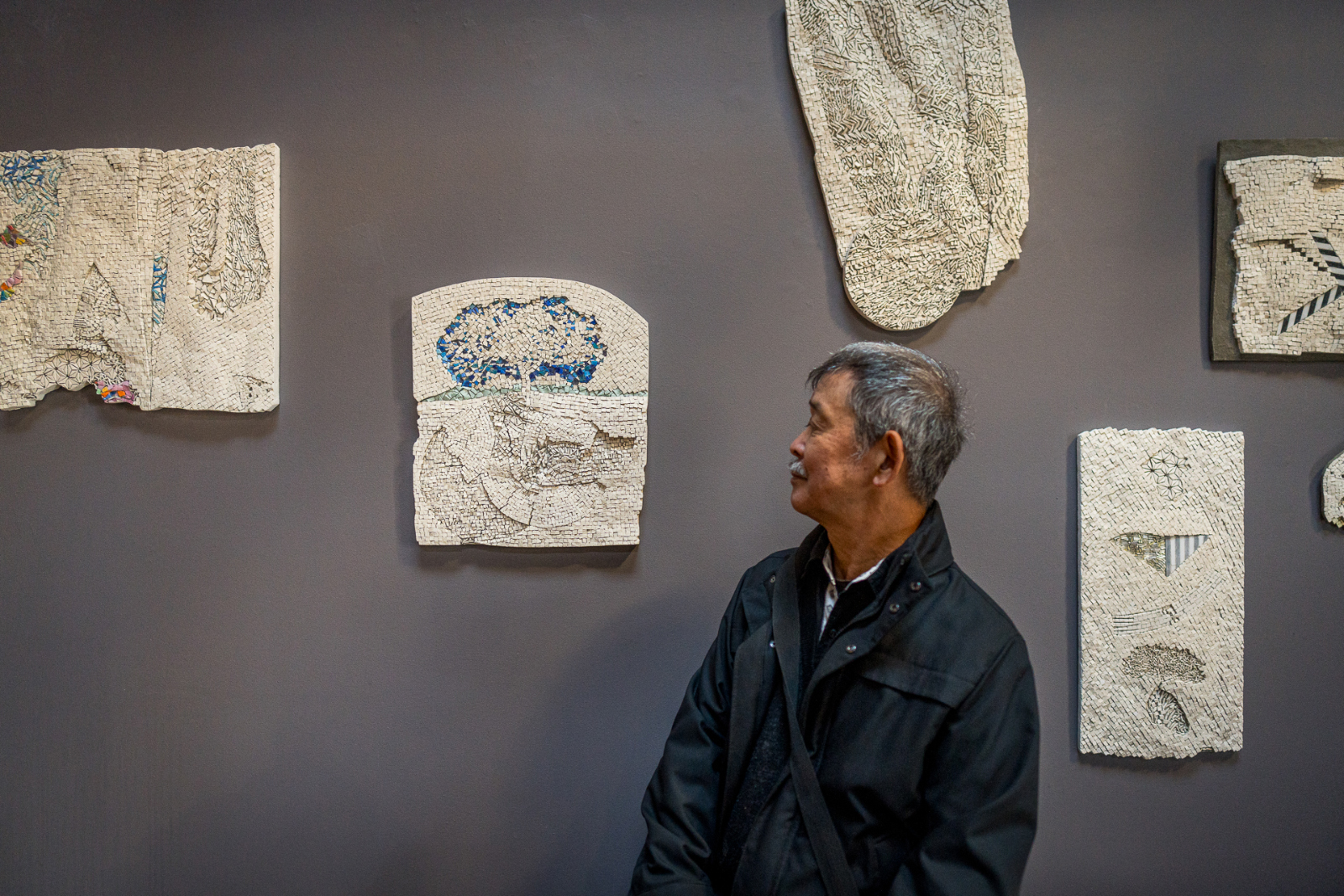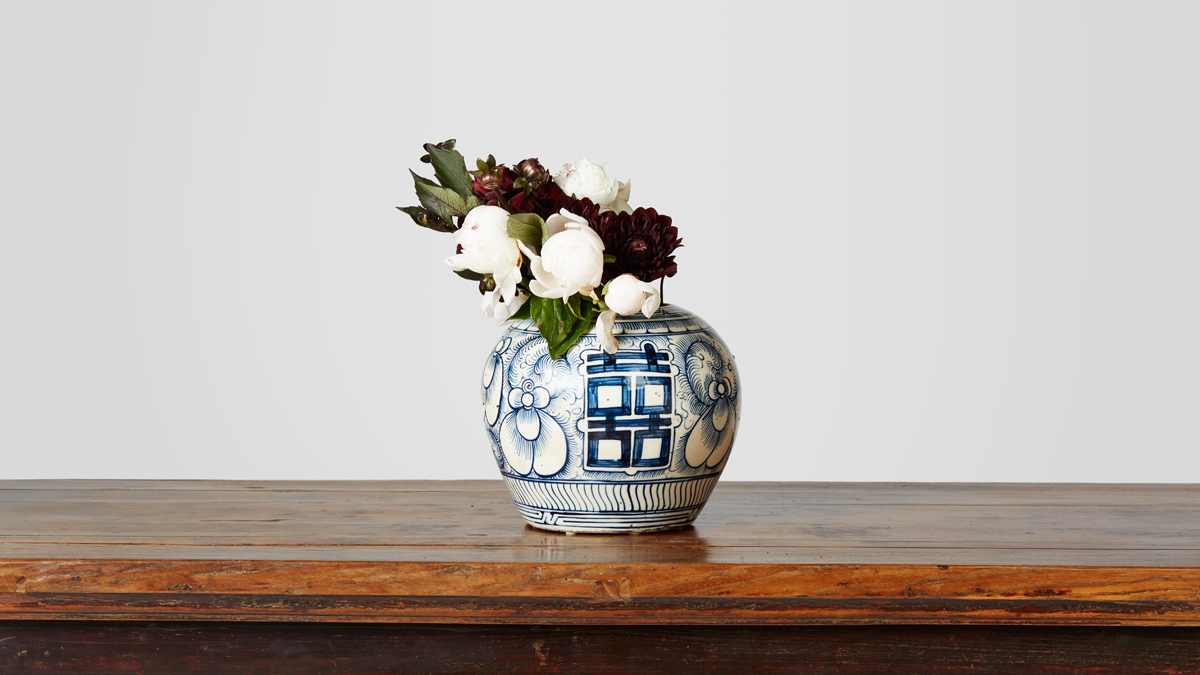
10 Ways to Give Love & Happiness
A traditional sign of love and marriage, double happiness (囍) is the Chinese equivalent of a heart shape. Magpies, plum blossoms, peaches, leopards, cranes, pomegranates and the color pink all express deep feelings in subtle ways. Decorating a vase or embroidered in silk, these unassuming motifs transform any object into a romantic gift, perfect for weddings, bridal showers, anniversaries or Valentine’s Day. Here are 10 messages of love, all spoken through symbols.
1. For Double the Love: Double Happiness
The folk symbol for double happiness (囍 shuāngxǐ) adorns this petite blue-and-white tea leaf jar with best wishes for love, companionship and marital bliss. A common motif on porcelains and wedding gifts, the double happiness symbol promises a lifetime of joy.
2. For Perfect Harmony: Lucky Fish
Because fish are reputed to swim in pairs, they symbolize the joys of union and a harmonious marriage. When two fish are shown together, like this pair of hand-carved lucky fish sculptures, they convey the idiom “may you be blessed with marital bliss and an abundance of good luck.”
3. For Long-Lasting Love: Birds of a Feather
This famille rose baluster jar is decorated in bright colors with pink cartouche scenes of a pair of regal phoenixes surrounded by peony blossoms. In combination with peonies, symbols of love and tender affection, the two phoenixes are understood to represent a pair of inseparable lovers. Rendered in pastel enamels, the jar is a colorful celebration of love and affection.
4. For Lust & Love: Spring Palace Paintings
Small booklets with erotic themes were once given to newlyweds in China as “how-to” manuals for intimacy. Known as “pillow books” or “spring palace paintings,” these ink and watercolor illustrations imagined the sensual delights of courtly life. This framed page leaf from an album of erotic paintings illustrates the art of pleasure and sheds light on late Qing-dynasty interiors.
5. For Turning on the Charm: Silver Charm Rings
Our 19th c. silver charm rings were believed to protect the wearer from bad luck and malevolent spirits. This example is decorated in relief with a butterfly & gourd motif, a traditional symbol for many sons. Given as a gift to a loved one, the ring bestows blessings for a big and happy family.
6. For Fertility & Love: Pomegranates
Filled with seeds, the pomegranate is considered a traditional “love fruit” in China. The Chinese words for “seed” and “children” are the same: 子 (zǐ). Many people give images of pomegranates as wedding gifts, meant to bring children and blessings to the happy couple. This charming little teapot is carved from bamboo in the shape of a ripe pomegranate, complete with many seeds and leafy tendrils.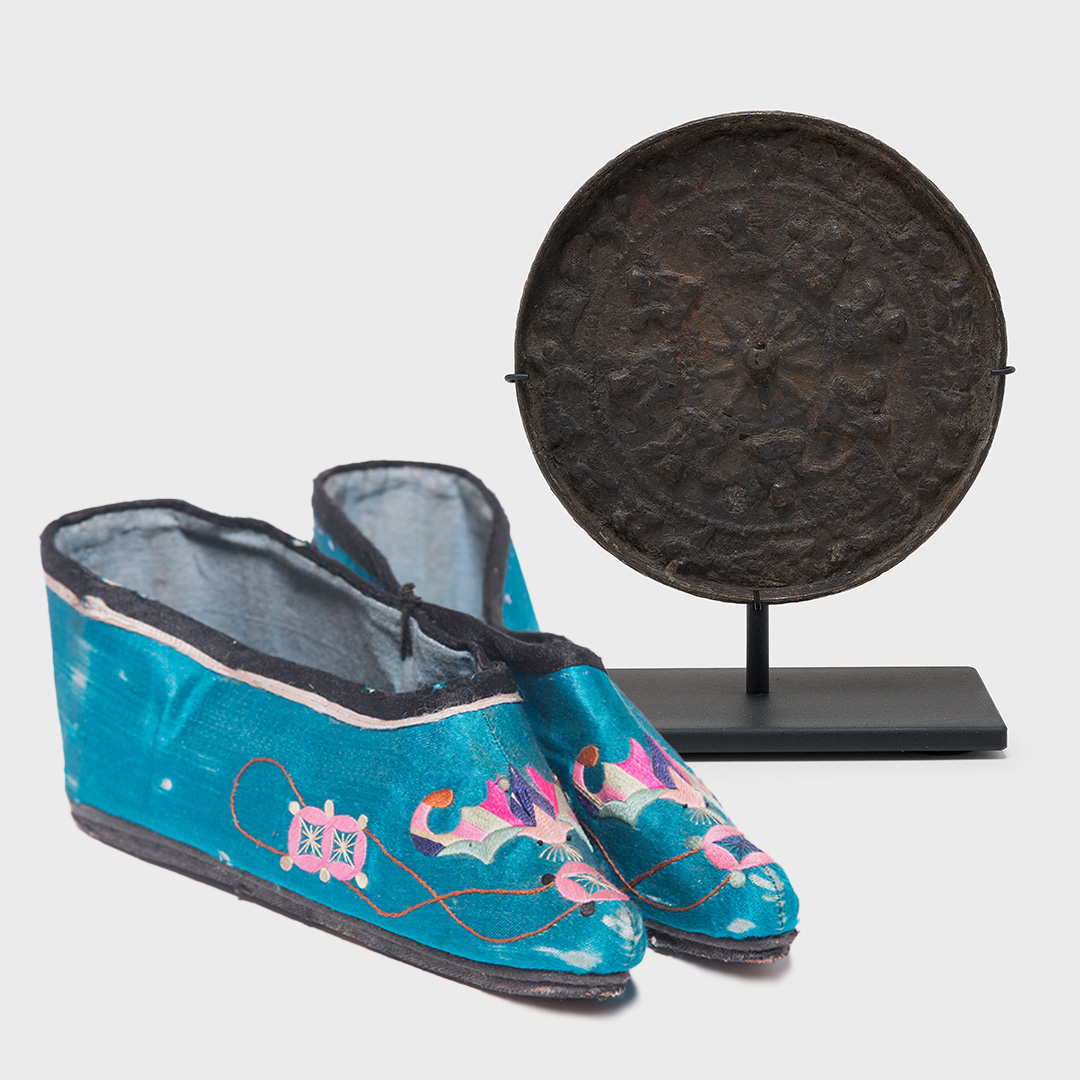
7. For Sticking Together: Mirror & Shoes
In Chinese art, many motifs are visual puns for common idioms and blessings. Here, the combination of a pair of colorful silk shoes and a bronze relief-cast hand mirror are a visual pun for the word “together” and evoke the loving phrase “may husband and wife grow old together.”
8. For Ties That Bind: Tassels
Intricate knots are defining features of Chinese tassels. Throughout history, decorative knots and tassels have been thought to bring good fortune wherever they’re placed. Made of silk by a skilled Chinese artisan, this small tassel is topped with a floral knot and a hand-crafted jade bead.
9. For Blossoming Relationships: Peonies
The contoured forms of these famille rose vases are finely decorated with a garden scene of colorful birds amid pink peony blossoms. Emblems of spring and symbols of love, beauty, and wealth, peonies are highly revered in Chinese art and carry blessings of prosperity and happiness.
10. For Those We Treasure: Jewelry Boxes
Long ago, a Qing Dynasty lady may have used this marvelous little box adorned with mother-of-pearl inlay to store her most treasured pieces of jewelry: jades, pearls, coral necklaces, and hair pins filling each drawer. The delicate floral inlay has a beautiful opalescent sheen that wonderfully contrasts with the rich, dark color of the rosewood box.
For more gifts of love, browse the PAGODA RED Gift Collection.
